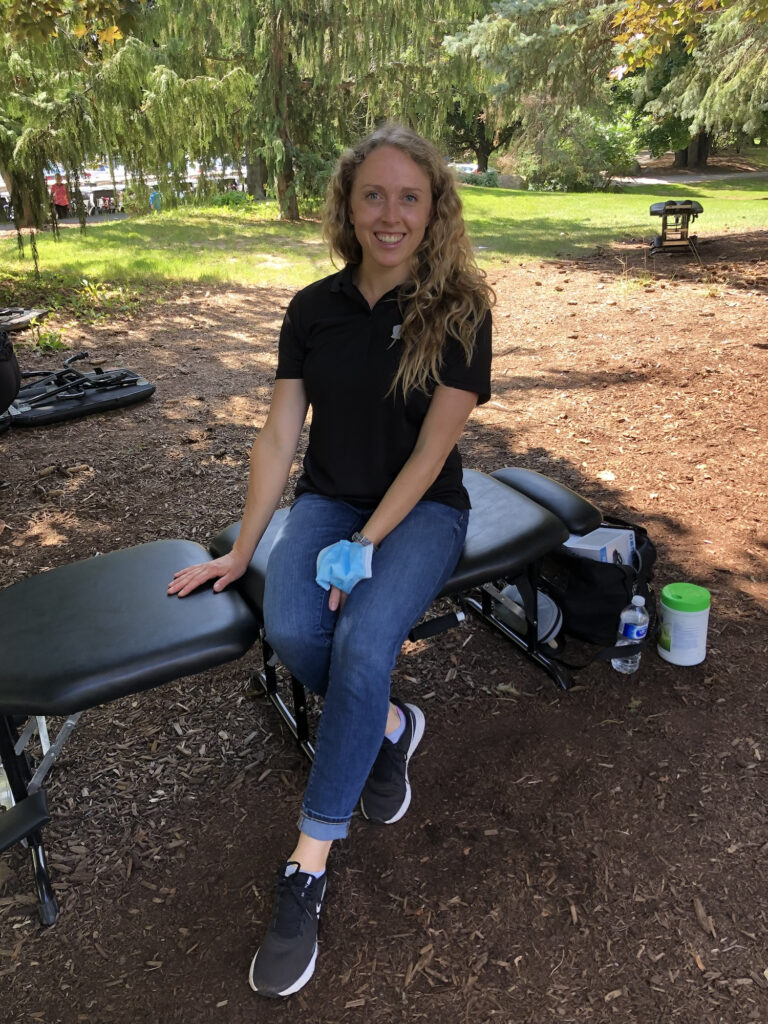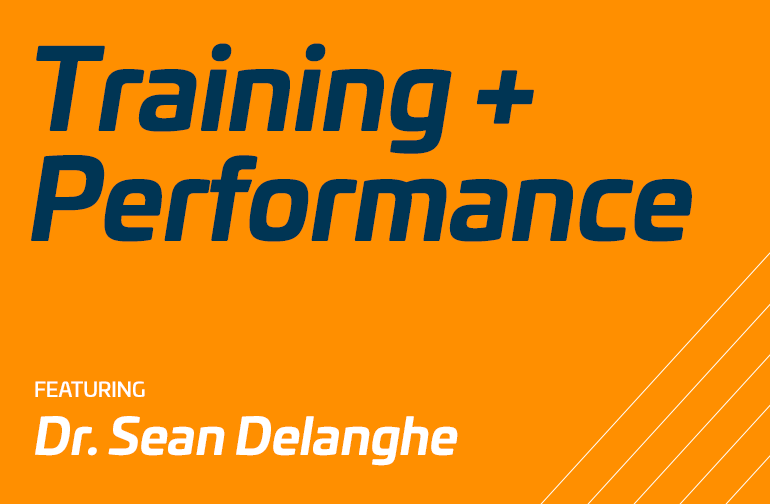Welcome chiropractic intern: Taylor Huehn
Welcome Taylor Huehn!
We are very excited to announce that starting in the New Year, chiropractic intern Taylor Huehn will be joining the team!
After her 4 year B.Kin degree from WLU, she is now 3.5 years into her 4 year Doctor of Chiropractic program at CMCC. As such, Taylor is now certified to provide direct care to patients under Dr. Delanghe’s guidance as she finishes the final 6 months of her training.
You can read more about her background and book with her online HERE.
How will she help at the clinic?
Other than a number of tasks behind the scenes including research and various learning objectives, Taylor will be helping as follows:
Same day appointments
No existing patients will be required to see her. However, if there is a day where you need to get in and Dr. Delanghe is unable to accommodate, rather than wait you will have the option to get in the day you call with Taylor.
Free initial assessments
As part of her training, Taylor will be providing free initial visits to all patients new to the clinic.
These visits will consist of a 1 hour, highly in-depth history and physical exam followed by a communication of a diagnosis, plan of management and initial treatment. In addition to this, all of these visits will be completed with consultation with Dr. Delanghe.
It is important to note that there will be no requirements for additional visits if you do not wish to pursue more treatment.
Subsequent visits
Subsequent visits will be the same price as seeing Dr. Delanghe. As such, Dr. Delanghe will be either directly or indirectly overseeing all treatments. He will also offer any help in completing procedures if needed.
Insurance coverage
Yes, your insurance will still cover it!
Observation
As part of her training, Taylor will be observing Dr. Delanghe during certain treatments at the clinic. As the patient, you are always welcome to decline having her in your treatment room with no questions asked.

That’s it for now! We also have some exciting things in the New Year planned including things for new mothers and those who suffer from osteoarthritis.
If you have any questions, feel free to let us know, and make sure to welcome Taylor if you see her around the clinic!




